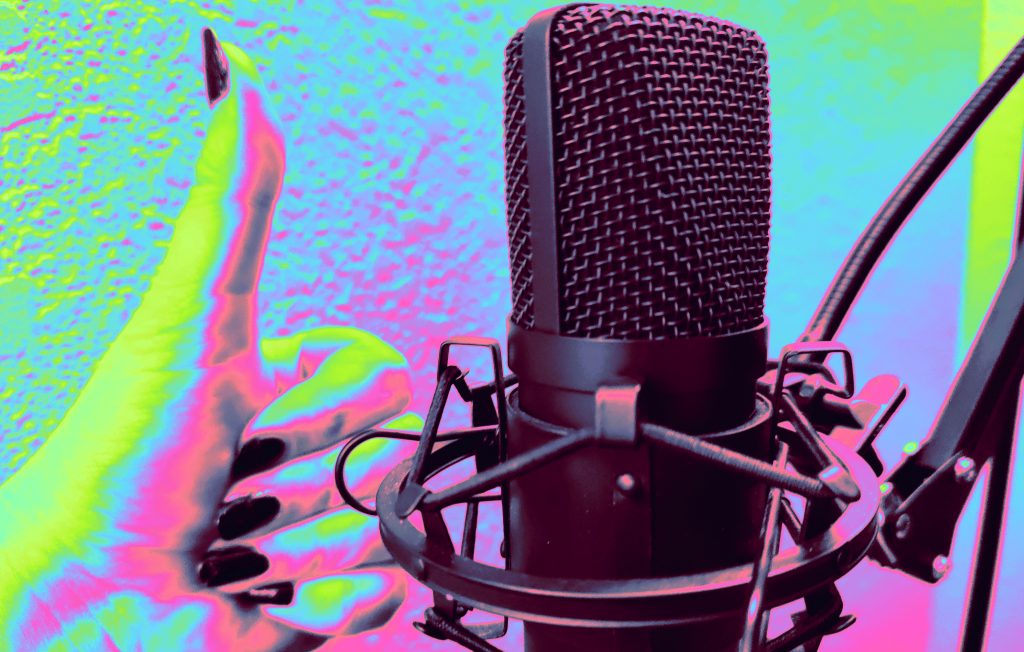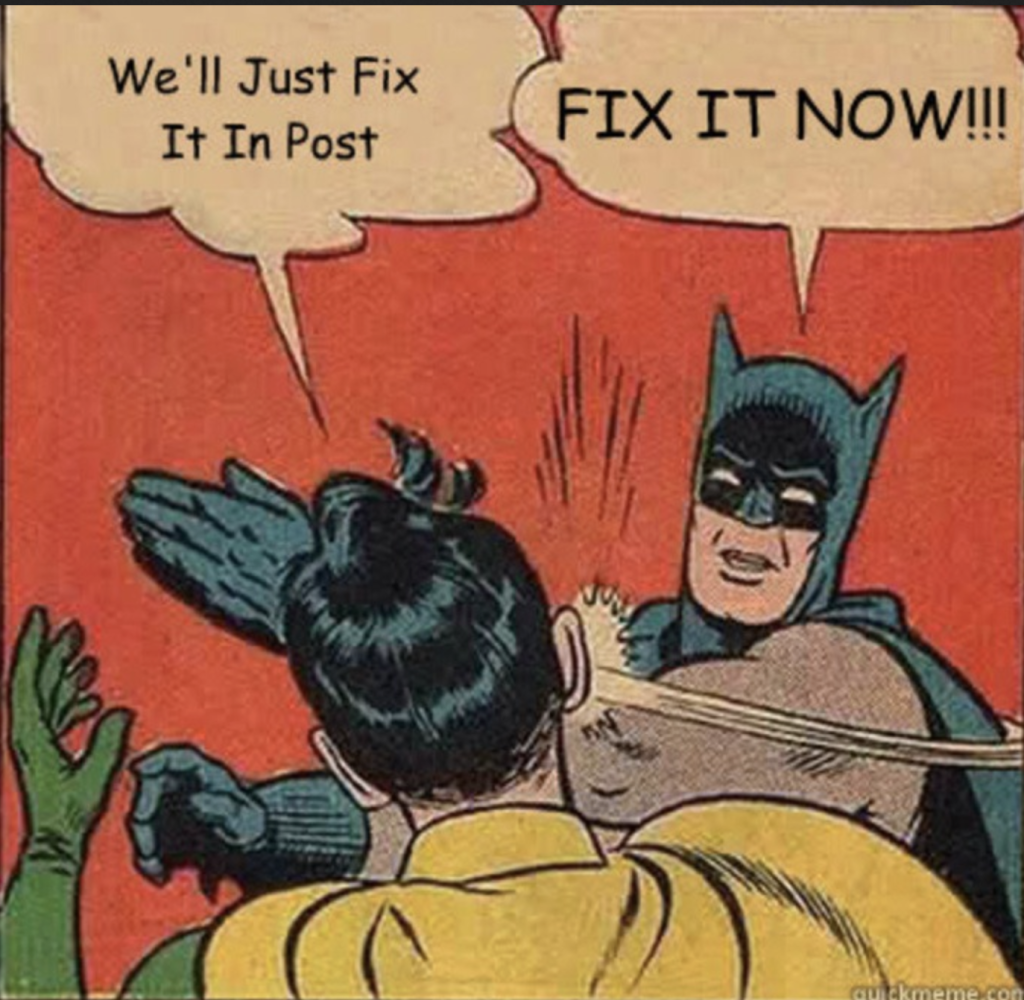
An Audio Retrospective & Video Research
This week I’ll do a short retrospective on recording my own podcast, see bottom of the post for the link to that. This will be combined with some summaries of my learning on audio from online articles plus some early diving into how to combine audio with video successfully.
Readings & Writings

My confidence at recording audio on a whim with a quality microphone and a good headspace turned out in some ways mediocre as I wish I had given Filippo Gaetani‘s 7 Secrets for Getting Pro-Sounding Vocals on Home Recordings sooner. Some of his advice came naturally to me that being to take my time with several takes and amping myself to get into the zone — those are skills well honed from recording professional conference talks in the past.
There were, however, numerous easy improvements I could have done to improve my sound quality as it relates to my usage of the microphone and my space. I recorded in a square room with only two paintings on the wall, neither of which were behind my recording location but instead on the sides. I’m not convinced I first checked my levels properly for the distance I spoke to the microphone from or even that I had the microphone pointed the correct direction in retrospect. Much of this would have been solved with blankets, more careful mic checks, and focusing more on the initial recording rather than assuming I could clean it all up during editing.

Lastly, I certainly let my distaste for the sound of my voice influence how strongly I processed my vocal sound. While I don’t think it sounded bad, if I had better quality audio in the first place and put more time into adjusting my performance I may have had less dysphoria and could have spent less time “in the editing booth”.

Before layering the dimension of imagery via video on top of my work I should continue to hone my audio skills, as Videomaker says in Sound Advice: Editing Audio for Video “video sound takes a back seat to the images on the screen”. They make further points on the importance of having great audio before spending all of your energy on the visuals;
Often, it’s much easier to repair a handful of video transition problems than to try to fix the sound. Viewers expect the sound to be consistent; we’ve trained them to watch television since birth. They also expect to see other footage included in videos, so your B-roll “repairs” will not be seen as such.
Luckily I have some experience creating video in the past be it for professional conferences or in my Faetale series for YouTube where I cover similar topics as what I did for the podcast. I remember why I gave up the series. It was so much work to do solo. The preparation, writing, editing, hardware setup, location, dress, headspace, performance delivery, operating the equipment, lighting, asset gathering, mastering all the content, and then finally citing my assets uses. That all to be said, I should be mindful of how I approach my next video project by realizing how much work goes into the entire project and not to skip the step of recording quality audio.
Research to Inform
Let’s look at some examples that can be found and analyzed online.
The God of War series has always taken place in a world of action. The classic tales told on the Playstation 2 were everything that video games at the time were expected to be, albeit on a more epic scale. It wasn’t until the re-imagining of the series in recent years that we were presented with an emotional tale of Kratos and his son Atreus with tremendous amounts of character growth that the series is now seen as a serious piece of art.
The above scene is near the end of the most recent game after dozens of hours of cinematic immersive content, yet this relatively simple scene remains vivid in my mind. Even without the music to carry the tone, the focus is on the character performance down to being able to hear Kratos let out a deep breath of complicated emotions for his son’s new promised journey. It’s a scene filled with loss, hope, a tale coming to a close and a new tale beginning. It is a scene that knows how to play with the characters motivations given to us previously by intentionally letting most of the audio even drop away at a point with two characters leaving us with mostly silence and the subtitles reading “[Unintelligible]” intentionally. I’ll carry the weight of this scene with me for years to come.
Markiplier has made a name for himself as a popular YouTuber as he rose to relative stardom from his Five Nights at Freddys playthrough even recently being approached to be an actor in the most recently released movie of the same name. He’s been making YouTube videos for many years now and thus has learned a lot about how to record quality audio and no other time does it demonstrate itself better than in his recent video “DON’T SCREAM (literally)”.
Even just listening to the initial minute of the above video reveals something almost unexpected for the video’s thumbnail. A relaxing almost ASMR-like personal connection with a whispering Markiplier explaining what the upcoming video will be about. The audio capture quality is phenomenal and it’s maintained throughout as he has very carefully calibrated his microphone levels for a video game intended to make you lose if the volume goes above a threshold, which makes me think about how I should treat audio clipping. The visuals near the beginning in how his cropped square webcam recording sometimes zooms in to focus on his expressions is engaging while bolstering his audio performance. The entire piece is intentionally at-odds with the game’s loud jumpscares creating a unique orchestra of audio that I find inspiring.
Lastly I wanted to choose a YouTube channel who inspired me to create my Faetale series some time ago. In terms of sheer content and hilarity I’ll always recommend XP to Level 3 but his audio quality leaves much to be desired. But, conversely a reason I quit was because I knew I couldn’t live up to my own expectations of reaching even half the level of Ginny Di; she has such crisp audio, performance, makeup, music, scripts and generally every piece of content she produces I consider to be a masterpiece rivaled in her space only by Critical Role.
The above video offers great perspective on her creative process and how she got started. She includes a clip at 0:55 from January of 2017 where you can still hear the audio background hiss, something I’d never expect from her in 2023. It goes to show her evolution as that clip fades away to beautifully leveled accompanying background track with her newer crisper audio quality and vocal performance style. Really, the whole video is an amazing perspective on how she accomplishes what she does and how I could approach Faetale if I ever did decide to return to the idea.
Create
In the previous post I created a Podcast based on the research I’ve been doing on Audio. I still have a lot to learn when it comes to recording and editing sound, but the practice has been hugely helpful. Go check it out!
